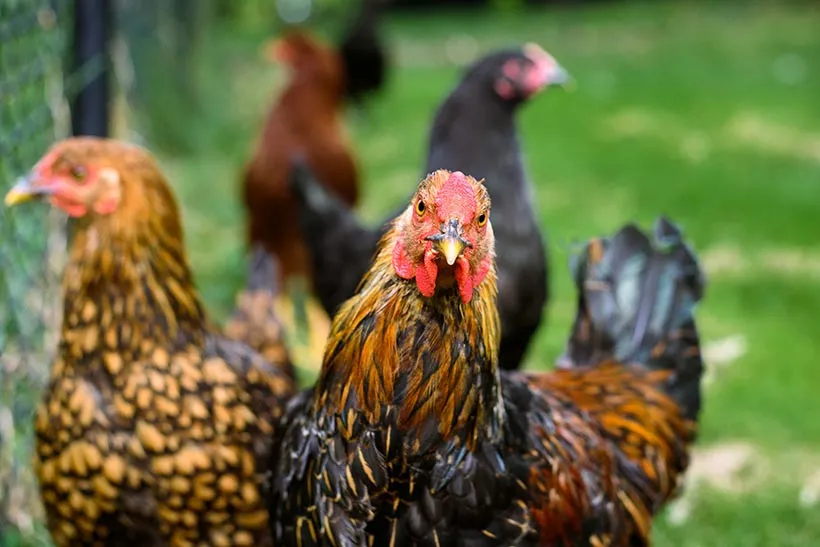December 6, 2024
Making sense of bird flu virus H5N1, from its risks to why there's reason to be hopeful

Bird flu H5N1 can kill chickens in 48 hours, but the infection is less severe in humans. (J. Whitt photo, Unsplash)
As avian flu spreads among birds, cows, and people, understanding the virus can help lessen unnecessary worry and build support for virus containment, testing and possible vaccination efforts.
David Leonhardt of The New York Times demystifies the bird flu virus through questions and answers. The answers have been lightly edited.
1. What is bird flu?
It’s an influenza virus officially known as H5N1 (and sometimes called avian flu). It attracted global attention in the late 1990s after an outbreak among chickens in southern China. . . . That outbreak was especially worrisome because it included the first documented human cases of the virus. At least 18 people were infected, six of whom died.
2. Why the recent concerns?
The virus has recently expanded in two ways: across regions and across species. Rather than being concentrated in Asia, bird flu has moved across much of the planet. And it has infected a wider variety of animals, including mammals. Dairy cows in many parts of the United States have tested positive.
Most concerning, at least four people have tested positive without evidently having had contact with a sick animal. . . . These infections raise the possibility that the virus can move from one human being to another, rather than only from an animal to a person. Human-to-human transmission can lead to a much more rapid spread of a disease.
3. What are the reasons to be hopeful?
First, it’s not yet clear whether those four recent cases stemmed from human-to-human transmission.
Second, H5N1 seems to have become less severe in human beings recently. The reasons aren’t clear. . . . As my colleague Apoorva Mandavilli says, 'Very few people known to be infected with bird flu in the United States have become seriously ill, and none have died.'
4. How can the U.S. reduce the risks?
More testing — of birds, cows and farmworkers — would help. “We know very, very little about how far this virus has spread and how many people and animals have been infected,” Mandavilli said. Testing could allow farms to isolate infected animals and people.
What about a vaccine?
A vaccine for bird flu exists, but the supply is modest. Jennifer Nuzzo, director of the Pandemic Center at Brown University, believes the government should help expand production and make the vaccine available to farmworkers who want to receive it.
The bottom line:
Caitlin Rivers, an epidemiologist at Johns Hopkins, recently published a book on preventing outbreaks called "Crisis Averted." In it, she argues that one of the most effective public health strategies is honesty: Experts should level with people, rather than telling selective truths intended to shape behavior in paternalistic ways (as happened during Covid).